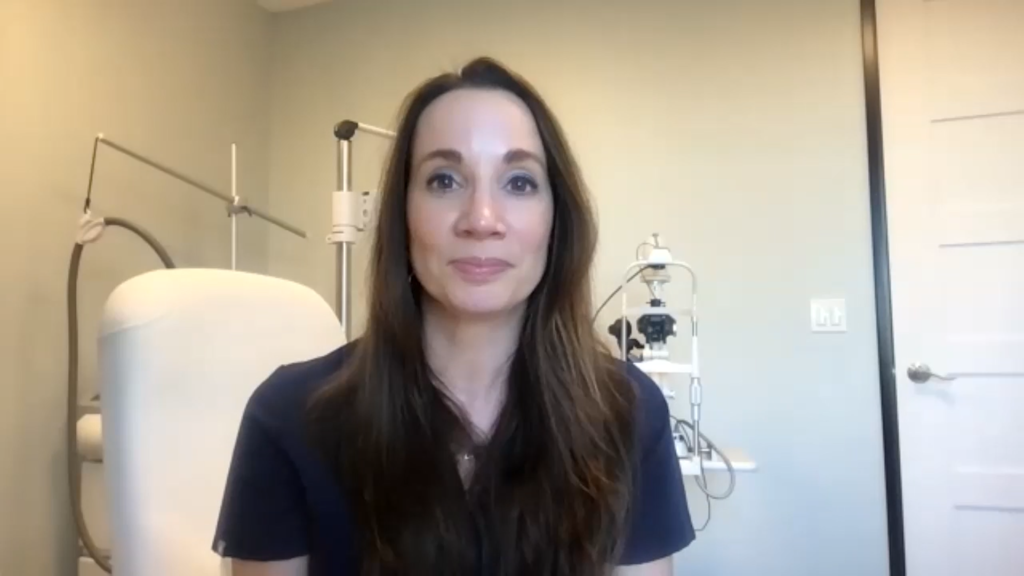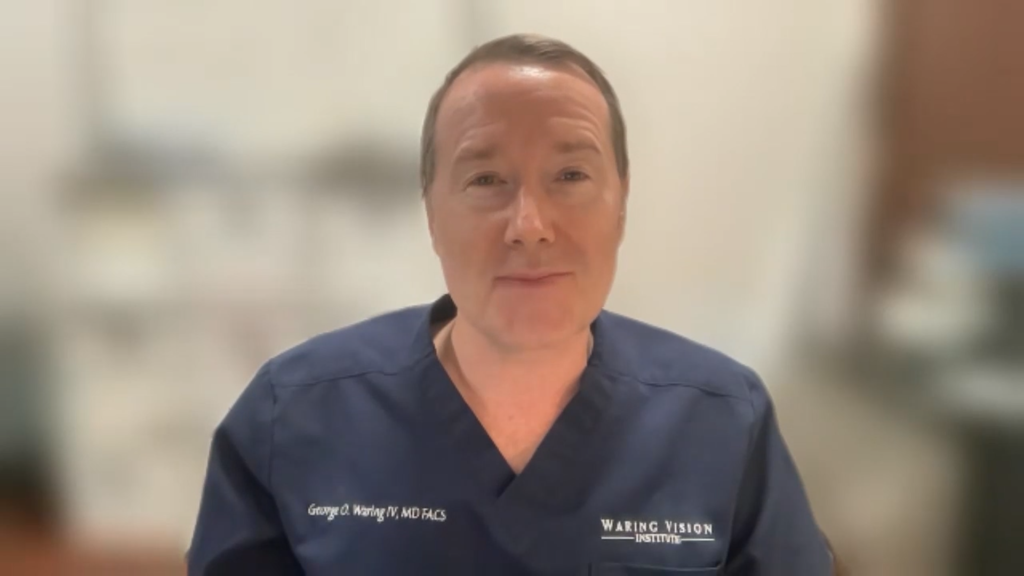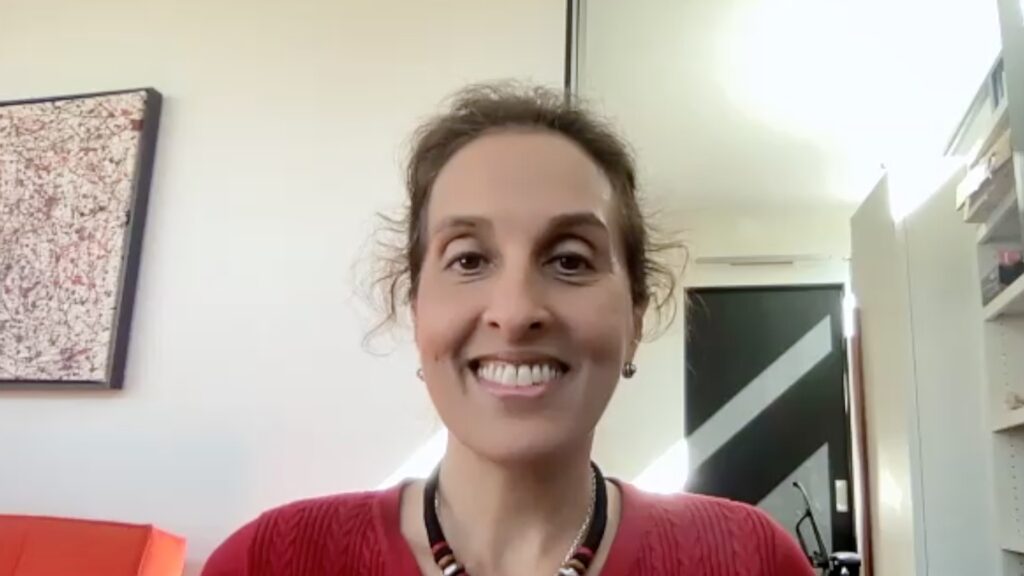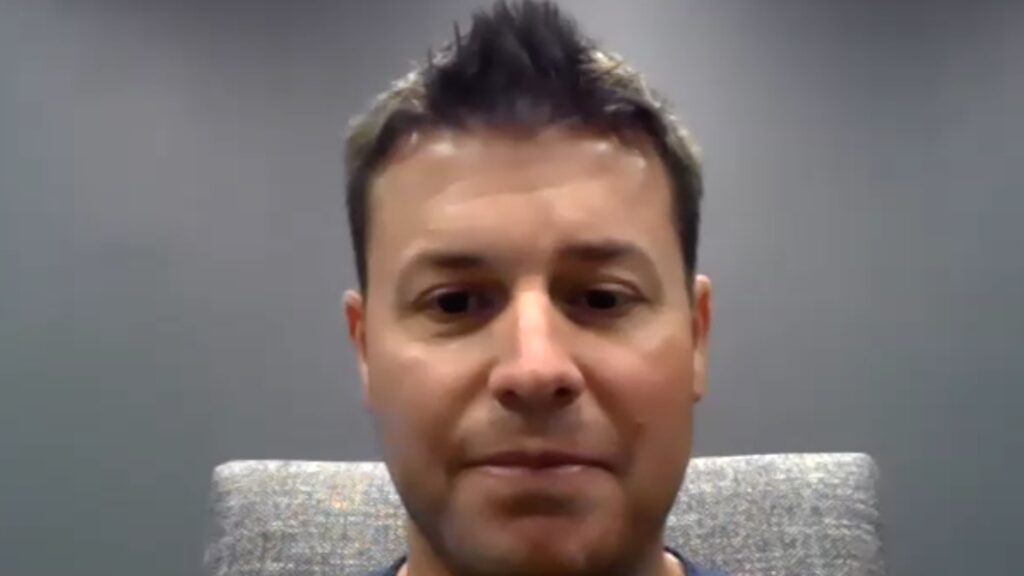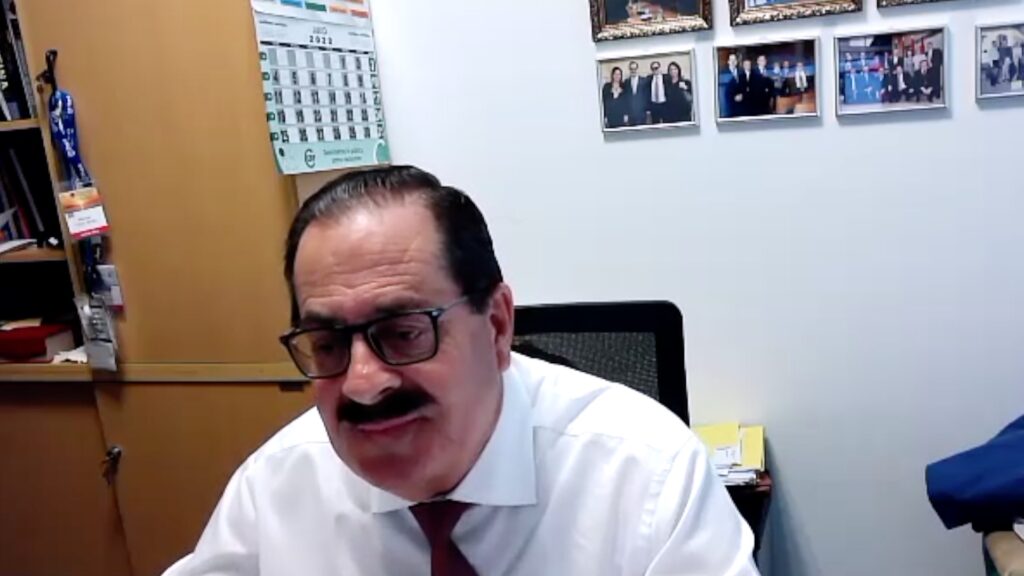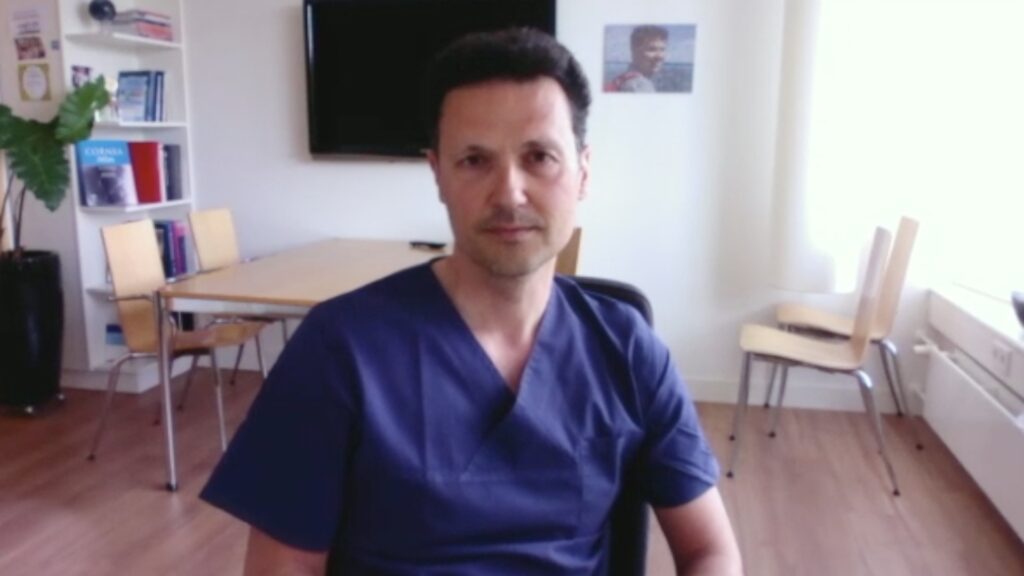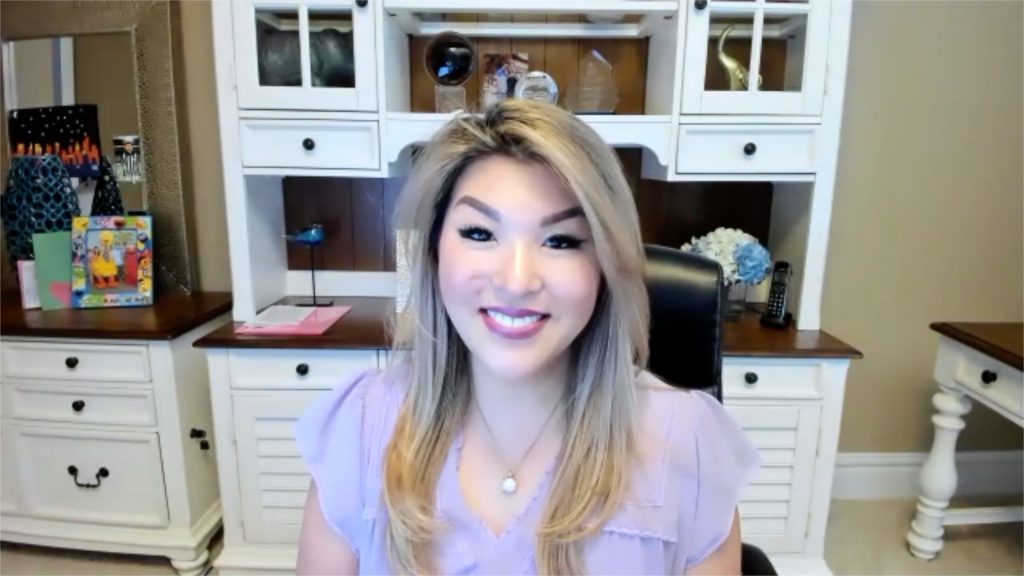We were delighted to speak with Dr Mitchell A Jackson (Jacksoneye, Lake Villa, IL, USA) on his views about the main challenges faced by ophthalmic surgeons today, and common reasons for IOL exchange.
Questions:
1. What are the biggest challenges facing ophthalmologic surgeons today? (0:19)
2. What are the most common reasons for intraocular lens exchange? (1:50)
The presentation entitled, Pearls for IOL Exchange with Open Capsule was presented at the Hawaiian Eye and Retina 2023 meeting, 14–20 January, 2023.
Disclosures: Mitchell A Jackson is a consultant for Alcon, Johnson & Johnson, RxSight, Bausch & Lomb.
Support: Interview and filming supported by Touch Medical Media. Interview conducted by Lisa Glass.
Filmed as a highlight of Hawaiian Eye and Retina 2023.
I am Dr. Mitchell Jackson, an eye surgeon in private practice at Jacksoneye. I am founder/CEO of Jacksoneye, 30 years in private practice and I specialize in cataract and refractive surgery.
What are the biggest challenges facing ophthalmologic surgeons today?
That’s a loaded question. So first of all, at least in the United states, I think we have an issue with the whole insurance industry. It’s kind of weird. You know, reimbursements are going down, malpractice rates are going up. We’re doing these complex cases like I’m going to talk about these IOL changes and at least in the US, you’re getting paid $500 to do a case. And it’s a really complex case. And you make a mistake, you’re going to get sued for $2 million. So maybe that’s one of the challenges, at least in the United States. I think there’s a lot of global challenges, but there’s a lot of innovation still, which is still a key thing. So I always say you want innovation, education and progression of technology and it’s all happening. So these are meeting those needs right now, but it’s kind of I mean, education’s a tough one with you had we had a lag with COVID there with people being able to go to live meetings and people got burned out on Zoom it’s not the same as live meetings. So now they’re back in the hallways and learning pearls and I’m lecturing in meetings and I’m going to meetings and you know, it’s really about staying current. So I think some of the big challenges was our surgeons in our field worldwide staying current. And I think where they are now, I think that was a big deal for a couple of years. During that whole COVID time.
What are the most common reasons for intraocular lens exchange?
So I always joke. If IOL exchange was as easy as IOL insertion, we’d all be happy. And I also always joke I hope IOL exchange, the need for it, is as rare as a beautiful day in Chicago, which rarely happens. So another 15 degree March, day after 8 inches of snow three days ago. But right now, there’s a lot of reasons. I had to do a case yesterday. IOL dislocation and this was a gentleman who had surgery 30 years ago comes up, I think he had trauma but he won’t really admit to it and now the eye was dislocated 30 years later. So but who knows it could be a zonular change over time but IOL dislocation causing loss of vision or diplopia or glare if it’s dislocated also if it’s tilted. And the other thing, if you get a uveitis glaucoma hyphen situation with an IOL dislocation, all those things could be a reason. Another one as well, any lens induced visual disturbance, so negative or positive sysphotopsia is glare, halo, ghosting diplopia. It can be a focal or it can be a presbyopia correcting lens. It can be a topic that tilted. So any type of lens can cause any of these visual disturbances. It might be a reason residual refractive error post refractive surgery, which typically after LASIK, if you miss your target, they’re going to be hypertrophic and not happy. So you’re probably to do and IOL change if you can’t do a corneal enhancement procedure. And depending on the reason for the exchange, you remember one thing. You have to place the new lens to fix the problem for doing the exchange in the first place.
Subtitles and transcript were auto-generated.



